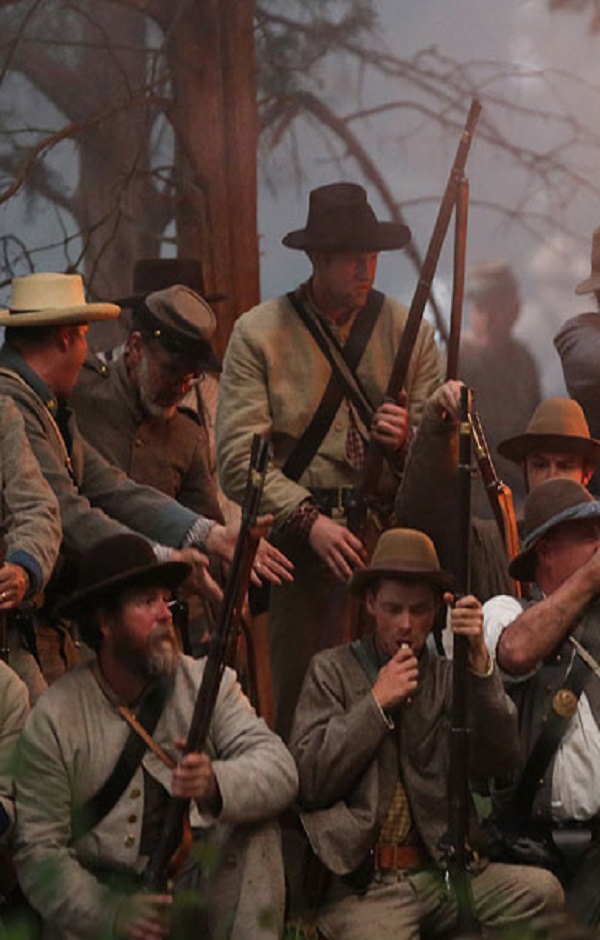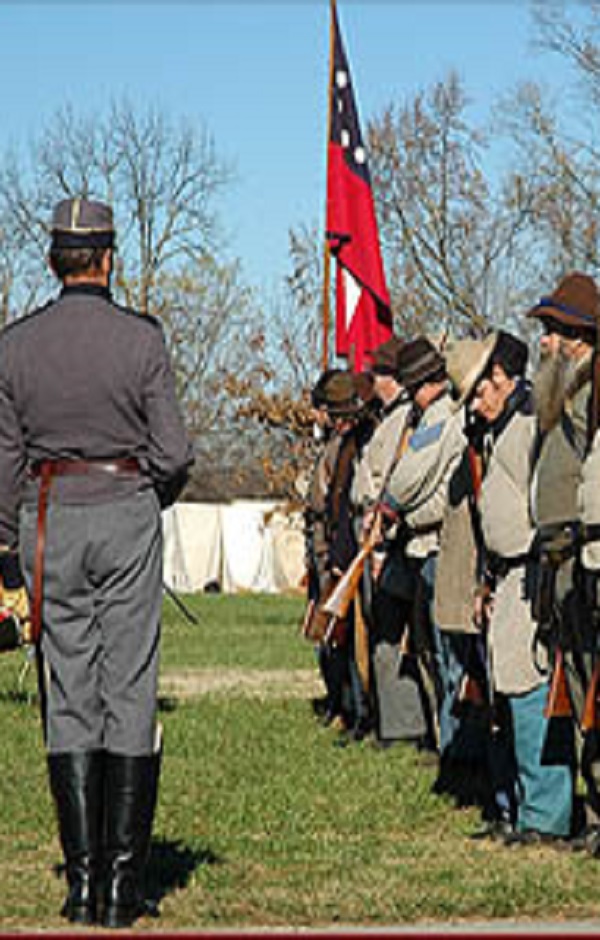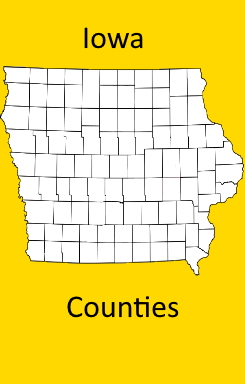The Civil War in Iowa
Iowa became the 29th state in the Union on December 28, 1846, and the state attracted many settlers, both native and foreign-born. As the Civil War erupted, Governor Samuel J. Kirkwood led efforts to raise and equip volunteer troops for the Federal service although there was a strong antiwar "Copperhead" movement among recent settlers of Southern origins and also among Roman Catholics. The Democratic party remained particularly in places around the Mississippi River such as Dubuque that had been heavily settled by German immigrants.
Sporadically, Confederate partisans and bushwhackers raided Iowa. One such incursion in the fall of 1864 was designed to disrupt the reelection of Abraham Lincoln. Near the Missouri border, many Iowans were pro-slavery, anti-Lincoln Confederate sympathizers, and they provided a safe haven for guerrillas. On October 12, 1864, a dozen raiders disguised as Union soldiers terrorized Davis County, where they looted residents and kidnapped and murdered three Iowans near Bloomfield.
There were no significant battles in Iowa, but the state sent large supplies of food to the armies and the eastern cities. 76,242 Iowa men (out of a total population of 674,913 in 1860) served in the military, many in combat units attached to the western armies. 13,001 died of wounds or disease (two-thirds of the total). 8,500 Iowa men were wounded.
Iowa contributed to the Union Army, 48 regiments of state infantry, 1 regiment of black infantry (the 1st Iowa Volunteer Infantry Regiment (African Descent) ), 9 regiments of cavalry, and 4 artillery batteries. In addition to these Federally mustered troops, the state also raised a number of home guard or militia units, including the Northern Border Brigade and Southern Border Brigade, primarily for defense of the borders. Other local units included the Sioux City Cavalry.




















